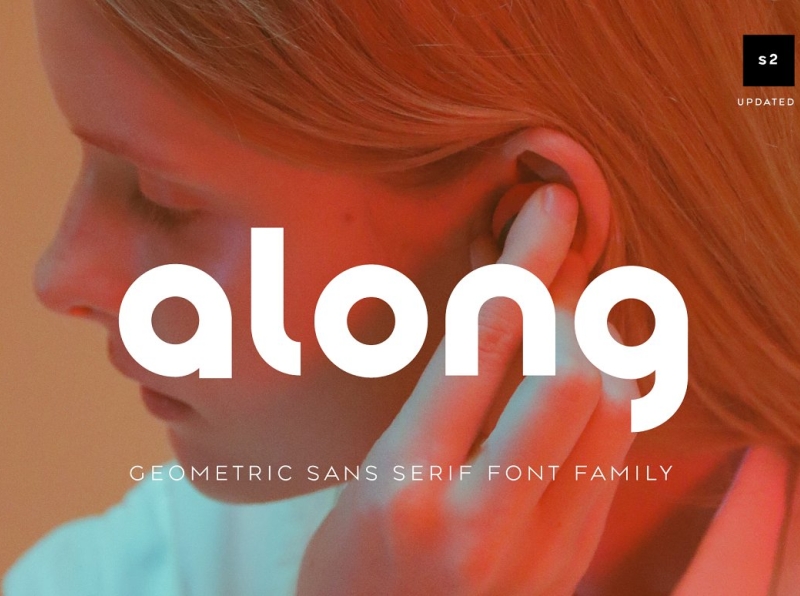


The 'M' is often splayed and the capitals of varying width, following the classical model. Common features are a nearly-circular capital 'O', sharp and pointed uppercase 'N' vertices, and a "single-storey" lowercase letter 'a'. Geometric sans-serif typefaces are based on geometric shapes, like near-perfect circles and squares. įutura, originally released by Bauer Type Foundry in 1927. Other, later neo-grotesques include Unica, Imago and Rail Alphabet, and in the digital period Acumin, San Francisco and Roboto. In 1957 the release of Helvetica, Univers, and Folio, the first typefaces categorized as neo-grotesque, had a strong impact internationally: Helvetica came to be the most used typeface for the following decades. Its members looked at the clear lines of Akzidenz-Grotesk (1898) as an inspiration for designs with a neutral appearance and an even colour on the page. Neo-grotesque type began in the 1950s with the emergence of the International Typographic Style, or Swiss style. Unlike earlier grotesque designs, many were issued in large families from the time of release. Similar to grotesque typefaces, neo-grotesques often feature capitals of uniform width and a quite 'folded-up' design, in which strokes (for example on the 'c') are curved all the way round to end on a perfect horizontal or vertical. They are relatively straightforward in appearance with limited stroke width variation. Neo-grotesque designs appeared in the mid-twentieth century as an evolution of grotesque types. Helvetica, originally released by Haas Type Foundry (as Neue Haas Grotesk) in 1957. The term arose because of adverse comparisons that were drawn with the more ornate Modern Serif and Roman typefaces that were the norm at the time. Īccording to Monotype, the term "grotesque" originates from Italian: grottesco, meaning "belonging to the cave" due to their simple geometric appearance. 9 and Monotype Grotesque are examples of digital fonts that retain more of the eccentricities of some of the early sans-serif types. Akzidenz Grotesk Old Face, Knockout, Grotesque No. Įxamples of grotesque typefaces include Akzidenz-Grotesk, Venus, News Gothic, Franklin Gothic and Monotype Grotesque. Most avoid having a true italic in favor of a more restrained oblique or sloped design, although at least some sans-serif true italics were offered. Cap height and ascender height are generally the same to produce a more regular effect in texts such as titles with many capital letters, and descenders are often short for tighter line spacing.

Capitals tend to be of relatively uniform width. The terminals of curves are usually horizontal, and many have a spurred "G" and an "R" with a curled leg. Grotesque typefaces have limited variation of stroke width (often none perceptible in capitals). They were sometimes released by width, with a range of widths from extended to normal to condensed, with each style different, meaning to modern eyes they can look quite irregular and eccentric. The early sans-serif typefaces often did not feature a lower case or italics, since they were not needed for such uses. Influenced by Didone serif typefaces of the period and sign painting traditions, these were often quite solid, bold designs suitable for headlines and advertisements. This group features most of the early (19th century to early 20th) sans-serif designs. A popular German grotesque with a single-storey 'g'. Sans-serif typefaces are sometimes, especially in older documents, used as a device for emphasis, due to their typically blacker type color.Īkzidenz-Grotesk, originally released by H. One of these outmoded terms for sans-serif was gothic, which is still used in East Asian typography and sometimes seen in typeface names like News Gothic, Highway Gothic, Franklin Gothic or Trade Gothic. In printed media, they are more commonly used for display use and less for body text.īefore the term "sans-serif" became common in English typography, a number of other terms had been used. The term comes from the French word sans, meaning "without" and "serif" of uncertain origin, possibly from the Dutch word schreef meaning "line" or pen-stroke. On lower-resolution digital displays, fine details like serifs may disappear or appear too large. Sans-serif typefaces have become the most prevalent for display of text on computer screens. They are often used to convey simplicity and modernity or minimalism. Sans-serif typefaces tend to have less stroke width variation than serif typefaces. In typography and lettering, a sans-serif, sans serif, gothic, or simply sans letterform is one that does not have extending features called " serifs" at the end of strokes. From left to right: a Ming serif typeface with serifs in red, a Ming serif typeface and an East Asian gothic sans-serif typeface


 0 kommentar(er)
0 kommentar(er)
